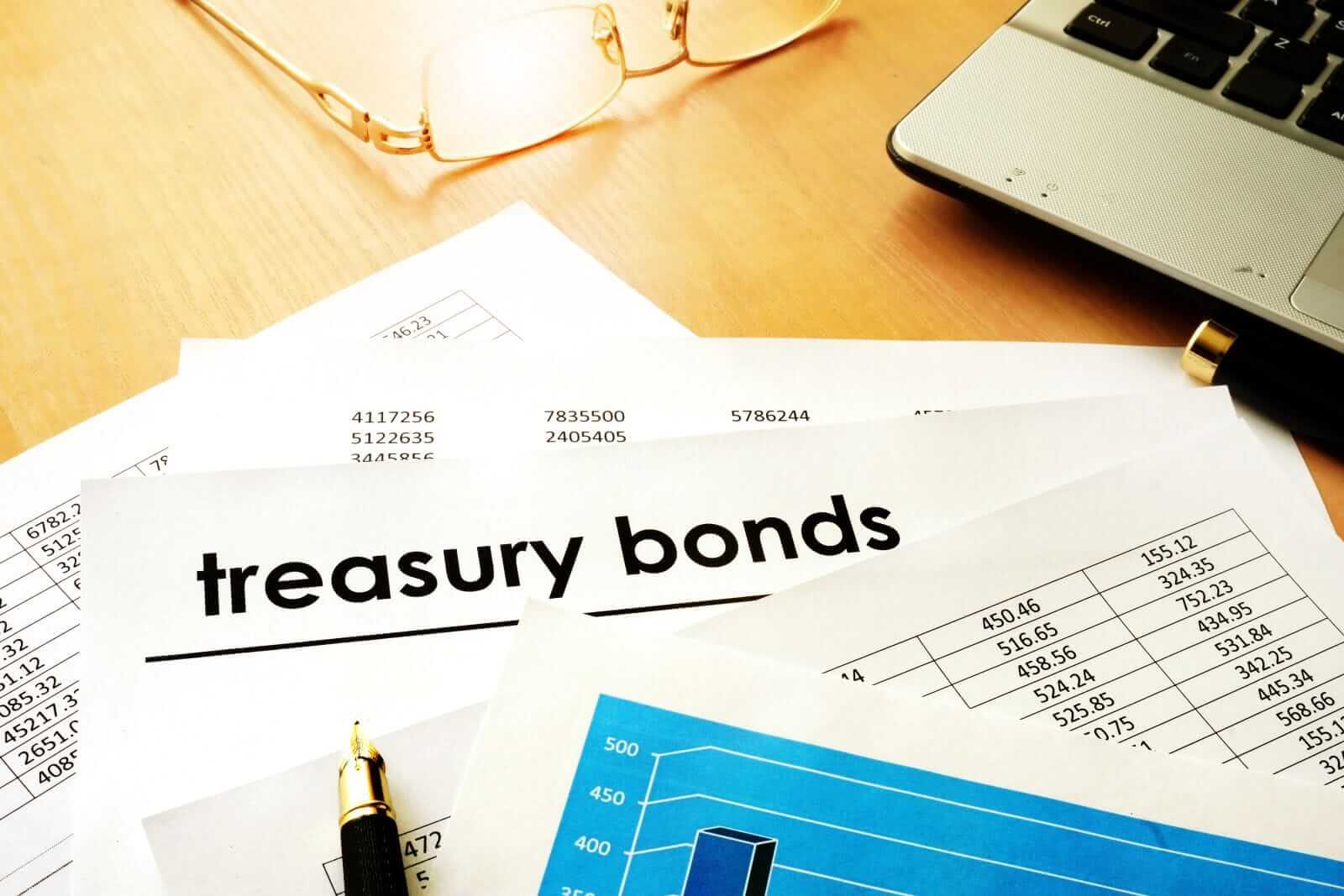Don Dawson
5 min read
In This Article:
The Federal Reserve's monetary policy decisions ripple through markets, affecting everything from mortgage rates to bond prices. With the Fed signaling potential rate cuts in the last half of 2025, traders and consumers stand to benefit. This article examines how three anticipated rate cuts before year-end could impact markets, the seasonal patterns driving Treasury price movements, and the geopolitical factors that may amplify demand for safe-haven assets, such as U.S. Treasuries. It also challenges readers to consider interest rates as a key component of asset allocation and highlights tradable instruments, such as Treasury futures and ETFs.
The Federal Reserve, tasked with balancing inflation and economic growth, may lower its benchmark federal funds rate three times by the end of 2025. The CME Group FedWatch currently indicates that by the end of the year, Fed funds could be trading at 3.50-3.75%, down from the current yield of 4.25-4.50%.
-
Holiday Trading, Trade Negotiations and Other Key Things to Watch this Week
-
Jeff Bezos Unloads $5.4B in Amazon Shares: Should You Buy or Sell AMZN Stock Now?
Source: CME Group Exchange
Each cut, likely by 25 basis points, would reduce borrowing costs, stimulating spending and investment. For consumers, this means cheaper loans—mortgages, auto loans, and credit card rates could ease, freeing up disposable income. For traders, lower rates typically weaken the dollar and boost demand for riskier assets, such as equities, but they also impact bond market prices.
While the Fed directly controls short-term rates, its actions create a tailwind for the longer end of the yield curve, including the 10-year Treasury note. Lower fed funds rates signal an accommodative policy, encouraging investors to accept lower yields on longer-dated Treasuries. This dynamic pushes Treasury prices higher, as bond prices move inversely to yields. For example, if the 10-year yield drops from 4.3% to 3.8%, the cost of a $1,000 Treasury note could increase by approximately $40, depending on the note's duration and market conditions. Traders can capitalize on this through various instruments, which we'll explore later.
Source: Moore Research Center, Inc. (MRCI)
Historical research from Moore Research Center, Inc. (MRCI) highlights a seasonal tendency for Treasury prices to rise and yields to fall in July. This pattern holds across the 5-year, 15-year, and 30-year seasonal patterns, implying that the fundamentals during this period have been relatively consistent, driven by market dynamics and investor behavior. July often sees reduced trading volumes due to summer slowdowns, which can amplify price movements in bonds. Investors may rebalance their portfolios in the third quarter, as the end of September marks the Federal government's year-end, which is expected to increase demand for Treasuries.













